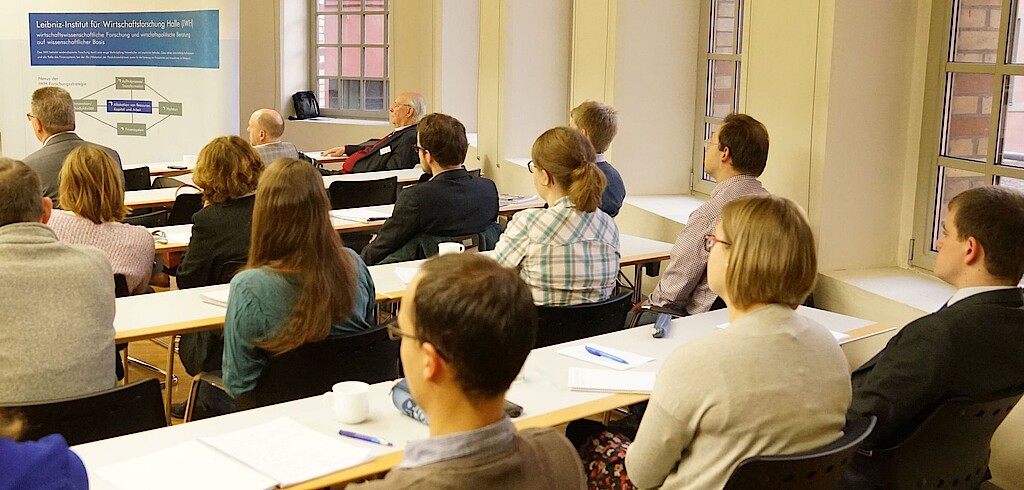
14:15 - 15:45
Comparative Advantage in Routine Production
We pin down a new mechanism behind comparative advantage by pointing out that countries differ in their ability to adjust to technological change. We take stock of the pattern extensively documented in the labor literature whereby more efficient machines displace workers from codifiable (routine) tasks.
Wer
Wo
We pin down a new mechanism behind comparative advantage by pointing out that countries differ in their ability to adjust to technological change. We take stock of the pattern extensively documented in the labor literature whereby more efficient machines displace workers from codifiable (routine) tasks. Our hypothesis is that labor reallocation across tasks is subject to frictions and that these frictions are country-specific. We incorporate task routineness into a canonical 2-by-2-by-2 Heckscher-Ohlin model. The key feature of our model is that factor endowments are determined by the equilibrium allocation of labor to routine and non routine tasks. Our model predicts that countries which facilitate labor reallocation across tasks become relatively abundant in non routine labor and specialize in goods that use non routine labor more intensively. We document that the ranking of countries with respect to the routine intensity of their exports is strongly connected to two institutional aspects: labor market institutions and behavioral norms in the workplace.





